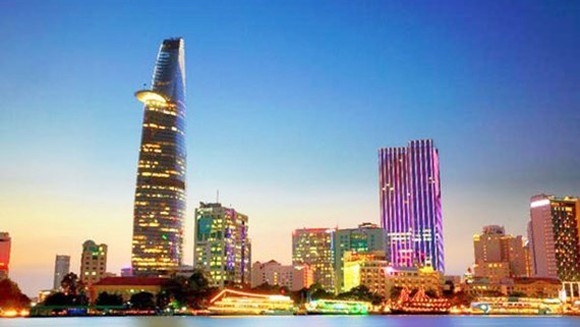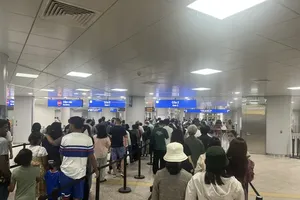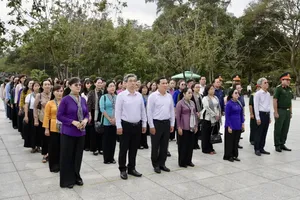
With the diversification of supply chains encouraging more manufacturing investment in the city, industrial and logistics assets are keenly sought after, said the CBRE’s 2021 Asia Pacific Investor Intentions Survey.
“HCM City has already been on the radar of investors in recent years, especially those who are looking to invest in Southeast Asia, as the city is viewed as having the potential for greater appreciation in property values and higher yields,” said Dang Phuong Hang, CBRE Vietnam Managing Director.
The survey outlines top 10 Preferred cities for cross-border investment, with Tokyo (Japan) in the first place, followed by Singapore, Seoul (the Republic of Korea), Shanghai and Beijing (China), HCM City, Shenzhen (China), Sydney (Australia), Osaka (Japan) and Melbourne (Australia).
Investors who expressed interest in investing in Southeast Asia indicated that they are willing to pay more for real estate purchase. 39.4 percent of these investors are comfortable to pay more than 10 percent higher this year than what they are willing to pay in 2020, while 19.7 percent are willing to paying up to 10 percent higher.
In the search for returns, investors looking at Southeast Asia are turning to value-added and core assets, even though there are some who are starting to look at distressed assets. Industrial/logistics and office remain their preferred sectors, while the hospitality sector is gaining favour.
Henry Chin, CBRE’s Global Head of Investor Thought Leadership and Head of Research, Asia Pacific, said “stronger interest in core investment reflects investors’ greater emphasis on tenant credit and stable cash flows.”
“Assets with a solid rent roll of three years or longer typically attract far more bidders than those lacking this type of security,” he added.
Logistics was the most popular sector for investment as the pandemic-driven acceleration of e-commerce consumption boosted demand for this asset class. While interest in the office sector weakened, investors retain an optimistic view towards this sector, expecting a contraction in office purchasing activity of no more than 10 percent over the next three years.







)
















